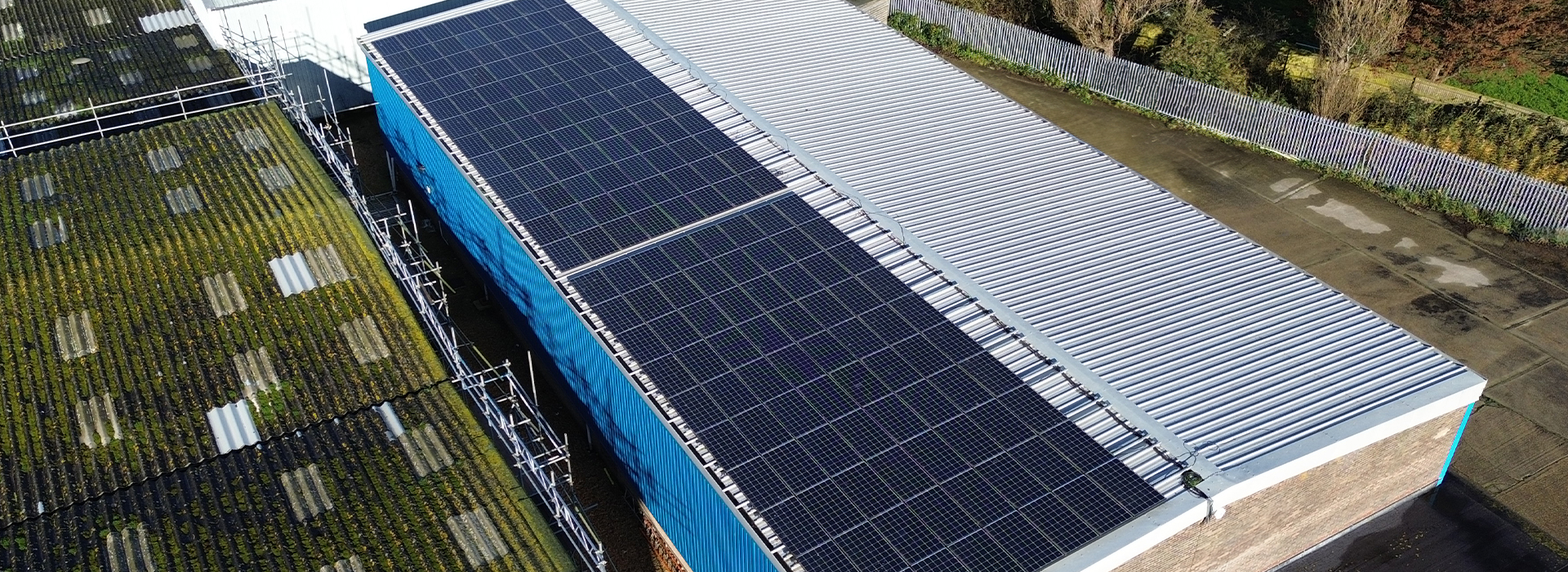In the bustling landscape of industrial and commercial activities across the United Kingdom, ensuring workplace safety is paramount. Among the various risks that workers face, fall accidents stand out for their potential to cause severe injuries and significant financial losses. In this blog post, we’ll delve into the costs associated with fall accidents and underscore why it’s crucial to have robust protection measures in place, particularly concerning roofs in industrial and commercial settings.
The Costs of Fall Accidents
Fall accidents can exact a heavy toll on both individuals and businesses. From immediate medical expenses to long-term repercussions, the costs can be staggering. In the UK, fall accidents are a leading cause of workplace injuries and fatalities, prompting concerns among regulatory authorities and employers alike.
Medical Expenses
The immediate aftermath of a fall accident often involves emergency medical care, hospitalisation, and rehabilitation. These expenses can quickly accumulate, particularly for severe injuries such as fractures, head trauma, and spinal cord damage. Moreover, ongoing medical treatment and rehabilitation may be necessary, adding to the financial burden.
Legal Repercussions
In addition to medical costs, fall accidents can lead to legal liabilities for employers. Workers injured in falls may pursue compensation through legal channels, resulting in costly settlements, litigation fees, and potential fines for non-compliance with health and safety regulations. Moreover, employers may face reputational damage and loss of business opportunities due to negative publicity surrounding fall accidents.
Lost Productivity
Fall accidents not only affect the injured workers but also disrupt the workflow and productivity of the entire organisation. Absenteeism, temporary disability, and the need for replacement workers can all contribute to lost productivity and revenue. Moreover, accidents may lead to downtime for investigations, repairs, and safety inspections, further impacting operational efficiency.
The Importance of Prevention
Given the significant costs associated with fall accidents, proactive measures to prevent such incidents are essential. This is especially true in industrial and commercial settings where workers are often exposed to elevated surfaces, including roofs. Implementing robust fall protection measures not only safeguards workers’ safety but also helps mitigate financial risks and legal liabilities.
Compliance with Regulations
In the UK, employers have a legal obligation to ensure the health and safety of their workers, including protection against falls from height. Regulatory authorities such as the Health and Safety Executive (HSE) set forth guidelines and standards for fall prevention in the workplace. Compliance with these regulations is not only a legal requirement but also a moral imperative to protect workers’ well-being.
Safeguarding Worker Well-being
Beyond regulatory compliance, fall protection measures demonstrate a commitment to prioritising worker safety and well-being. By providing adequate training, equipment, and supervision, employers empower their workers to perform their duties confidently and safely. This not only reduces the risk of accidents but also fosters a culture of safety within the organisation.
Preventing Financial Losses
Investing in fall protection measures is a sound business decision that yields long-term dividends. While the upfront costs may seem significant, they pale in comparison to the potential costs of fall accidents. By preventing injuries, legal disputes, and productivity losses, employers can protect their bottom line and ensure the sustainability of their business operations.
Conclusion
In conclusion, the costs of fall accidents on industrial and commercial roofs in the UK are substantial, both in terms of human suffering and financial implications. By understanding these costs and the importance of prevention, employers can take proactive steps to protect their workers and their businesses. Through compliance with regulations, prioritisation of worker safety, and investment in preventative measures, we can create safer and more secure workplaces for all.



